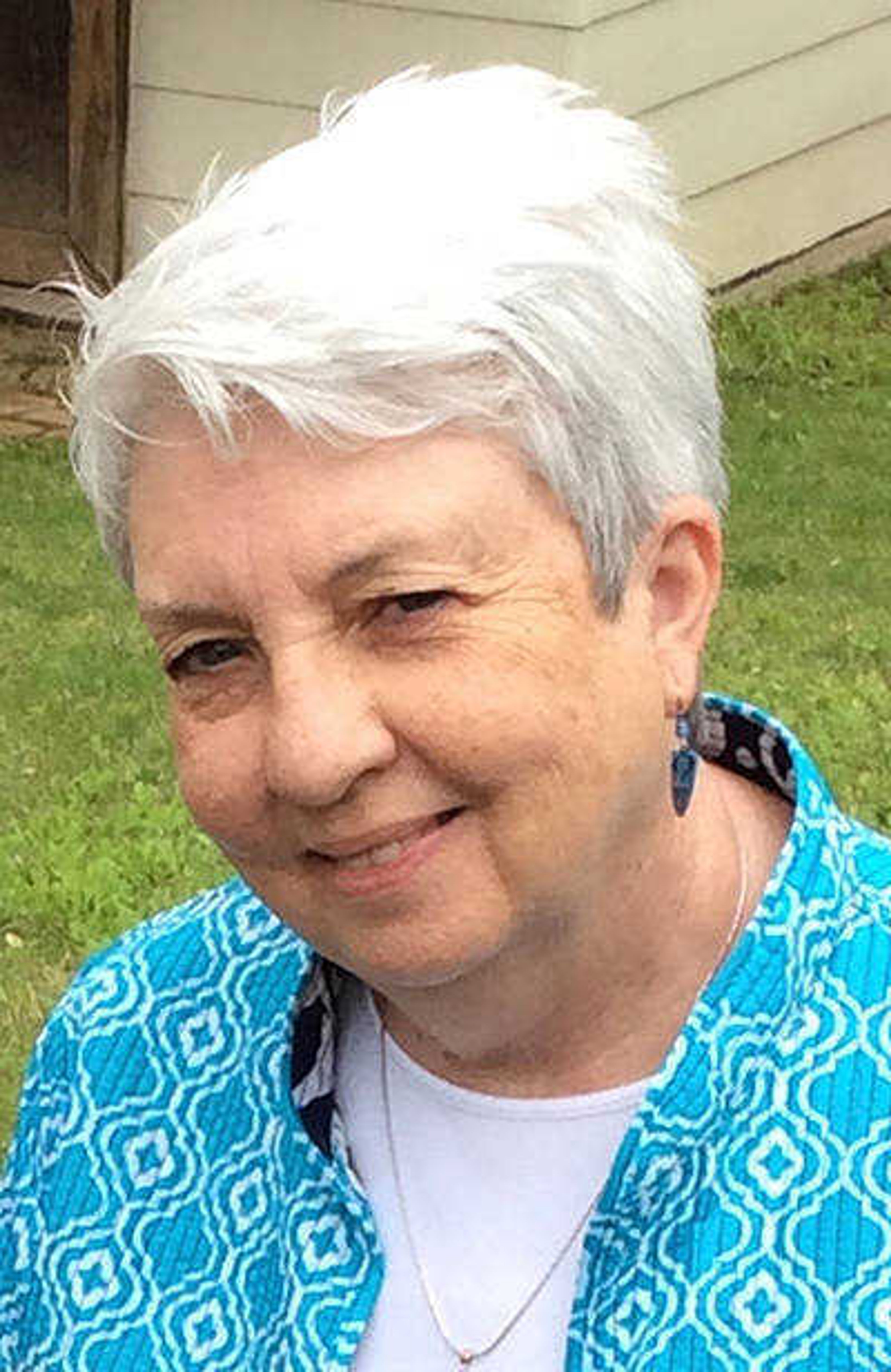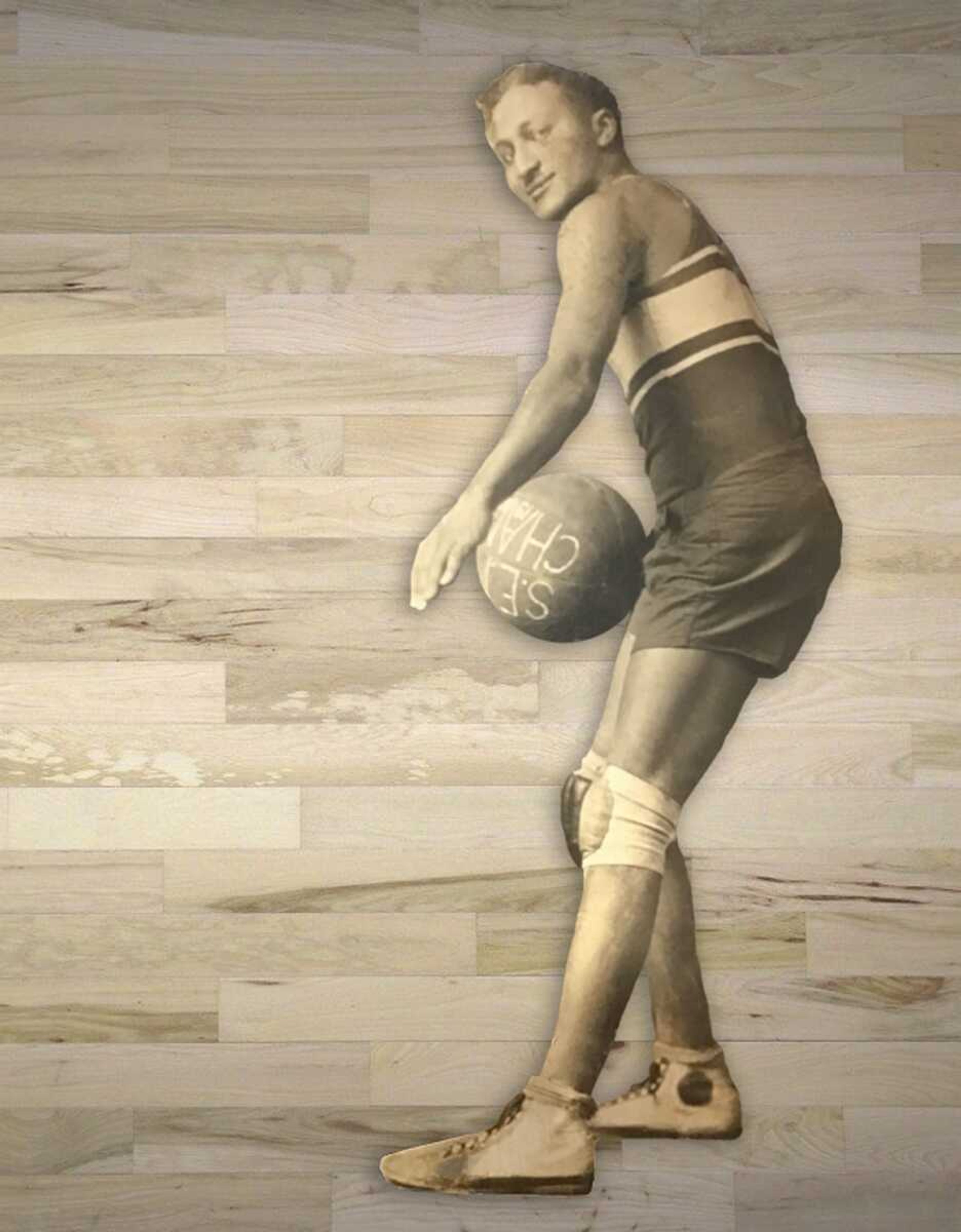March tournaments and a shared photo stirred curiosity about early Southeast Missouri's Black high school basketball.
First reports of basketball in the Cape Girardeau news section of the St. Louis Argus appeared in December 1925. "... the John S. Cobb Ball team played Wheatley Ball team Friday, ending in a score of 14 to 13 in favor of JSC...."
"Baskets" in prior Argus articles referred to church dinners or weaver's wares. But, in the winter months of 1925-1929, sporadic ball game competitions among the few regional Black high schools inspired new topical reporting. Correspondents were, for the most part, middle-age church women, whose submissions prioritized church news: Sunday School reports, sermon titles, revivals and the like. Written in 1926-style politeness, "Poplar Bluff High School, known as Phyllis Wheatley, and our John S. Cobb [High School] met in a ball contest Friday. The score for girls was 32 to 5 in favor of Wheatley, and for boys 12 to 5 in honor of our boys. Much honor to you, Cobb. Wheatley, you are welcomed for a return."
Wheatley was Cobb's only basketball opponent for a few years. Despite the distance and road quality, teams and devoted fans "motored" to the contests for girls and boys competition. Scores were low. Cobb's girls team lost often. The boys team seemed unbeatable.
By 1927, more of the scattered Black high schools in the region added teams for the court. Based on the Argus recaps, Missouri opponents taking on "The Cobbmans basketeers" included Washington School in Caruthersville, Lincoln in Charleston and Douglass in Crystal City. The painted basketball in the accompanying photo hinted there was a southeast league of some sort in the late 1920s. The games were likely coach-arranged until the Missouri State Negro Interscholastic Athletic Association was formed.
Research resulted in more questions than answers. Where did "Cobbmen" play? Did they loft balls at a peach basket? Did they adapt the school auditorium and play in a non-standard sized court? Early basketball doubtlessly required adaptive, non-standard game rules.
Cobb School did not have a gymnasium until 1937, when the Works Progress Administration built theirs. Wheatley School proudly added a gymnasium in their 1928 expansion. Argus reports clearly indicated games were played at both locations. There was no indication Cobb players had access to the gymnasium at the white high school built at 101 S. Pacific St. in 1915.
Black high schools had small enrollments (15-25 students total), located in widely scattered communities, and were years behind opportunities standard in white schools for organized, regulated basketball competition (a southeast league for 17 white schools formed in 1916, 11 participated in the Normal School tournament in March, the same year). Nonetheless, J.S. Cobb School fielded talented and successful teams. The era of segregated basketball culminated in 1953, when Cobb High's boys team achieved top honors in the 1953 Championship of Missouri's Class B Negro High School Basketball tournament. Later that year, Missouri integrated Black high schools into its state athletic association.
Connect with the Southeast Missourian Newsroom:
For corrections to this story or other insights for the editor, click here. To submit a letter to the editor, click here. To learn about the Southeast Missourian’s AI Policy, click here.










